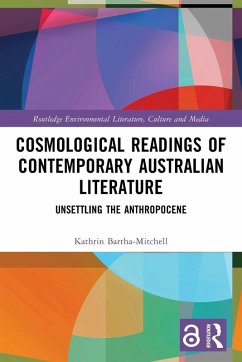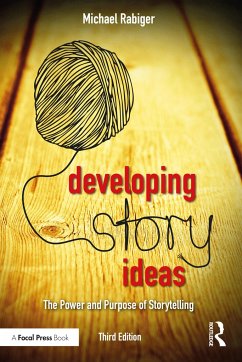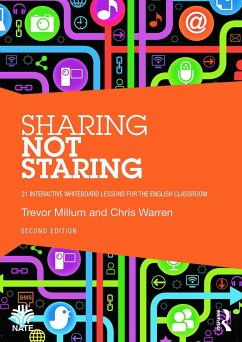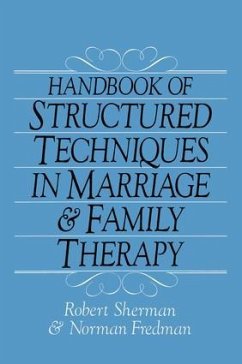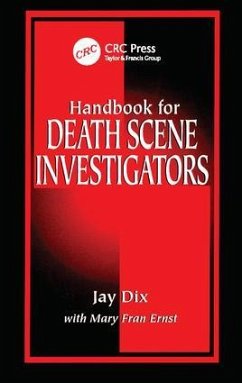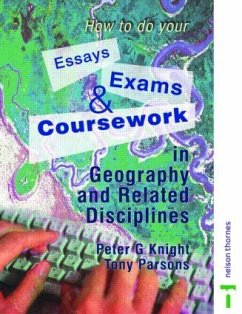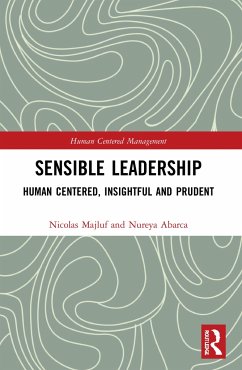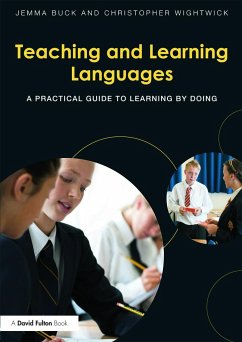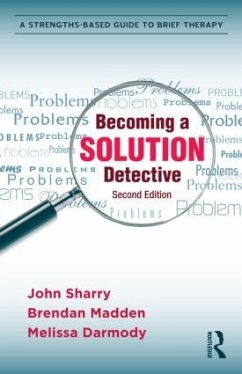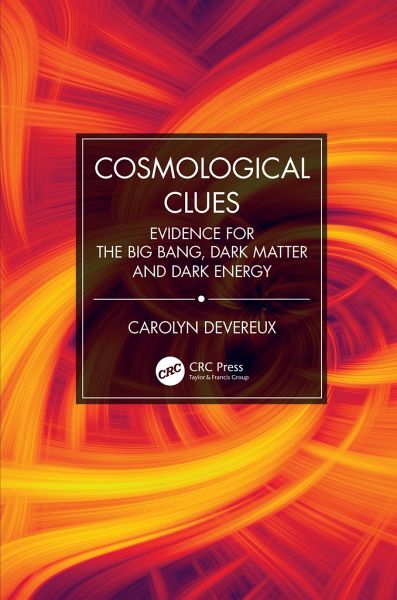
Cosmological Clues
Evidence for the Big Bang, Dark Matter and Dark Energy
Versandkostenfrei!
Versandfertig in 1-2 Wochen
61,99 €
inkl. MwSt.
Weitere Ausgaben:

PAYBACK Punkte
31 °P sammeln!
This book provides an accessible overview of the Standard Model of Cosmology, which is explained in six Cosmological Clues, including evidence for the Big Bang and dark matter and dark energy - the keystones of modern cosmology. This book is an ideal guide for anyone interested in finding out more about our Universe.





